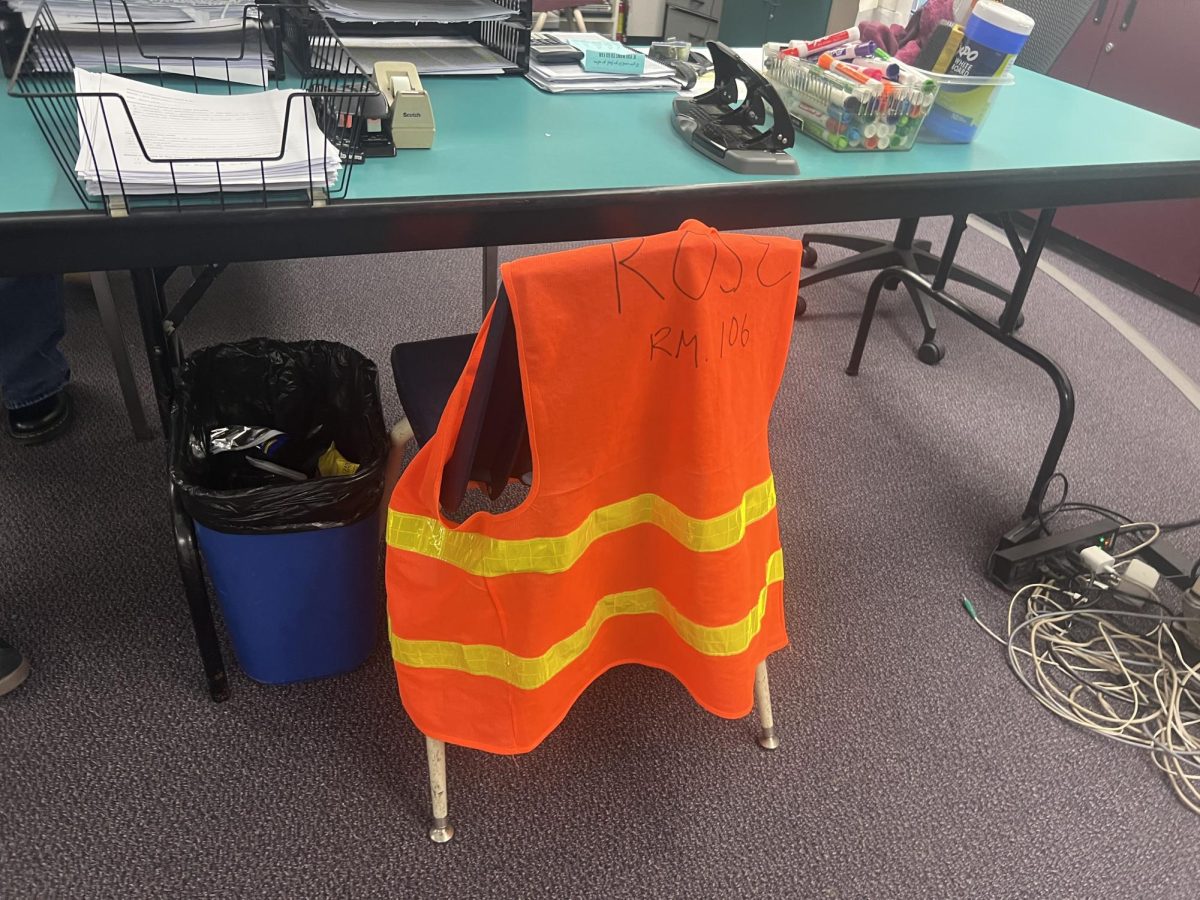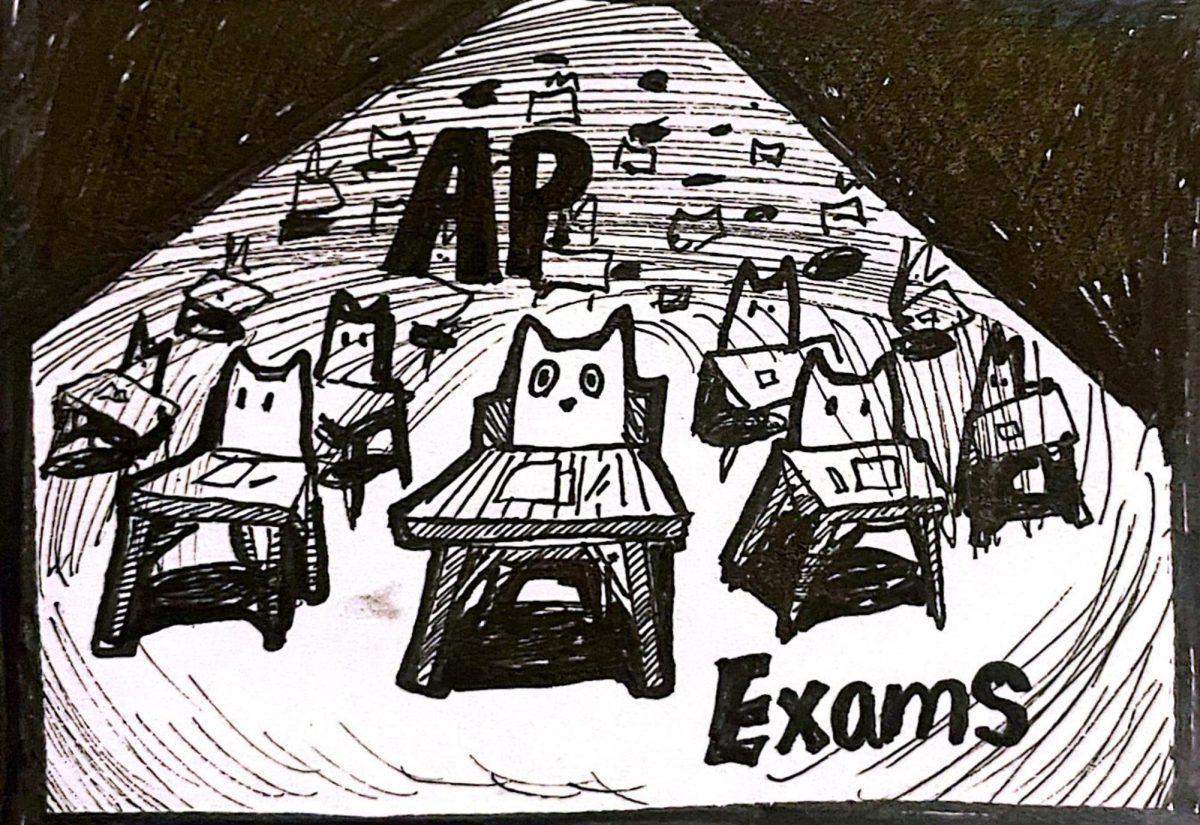The decision to enroll in AP courses or dual enrollment courses depend on an individual’s ultimate goals, but if a person has a direct pathway and high GPA, they may want to focus on dual enrollment. On the other hand, a student should focus on AP courses for more generalized rigor or to improve their GPA.
Both dual enrollment and advanced placement courses are great ways for students to obtain more knowledge and useful credits for college. Choosing the right courses can help reduce time spent in college and boost one’s GPA. However, deciding which courses to take and how to balance a schedule depends on a student’s priorities.
A student who aims to improve their GPA to aid with their chances of getting into a competitive college should take AP courses. Since AP courses offer a GPA boost, if a student takes the right AP courses and performs well, they may improve their overall GPA. Also, some AP credits will transfer to colleges and universities, which reduces future costs and allows for a flexible schedule.
On the other hand, a student who primarily focuses on completing college in a shorter amount of time may opt to take dual enrollment courses. If a student plans to attend community college or California state universities, when they enroll for dual enrollment courses, they can see exactly what transfers. Dual enrollment classes also allow for a broader range of course offerings.
Dual enrollment courses can pose difficulties because ANHS does not allow for dual enrollment; instead, students are concurrently enrolled. This means a student will not receive high school credit, and their GPA will not increase despite taking rigorous courses. So, a student will need to maintain a 5-class schedule, regardless of the number of additional courses they are taking.
Some majors and colleges limit AP courses and their ability to obtain credits, while others require specific scores for the credits to transfer. At California State Universities, AP credits do not affect standing during registration; so a student will not have priority registration, even with their credits, and the exams may cost hundreds of dollars. Most graduate schools do not accept AP credit for major requirements and prerequisites, which forces students to do post-baccalaureate work to attend graduate school.
A student should primarily pursue dual enrollment courses if their GPA is high, and they have a specific college in mind that they want to attend. If a student has this mapped out, they may attend community college for free in high school and obtain up to 15 free credits per semester. They will also receive higher standing at California universities, which allows for priority registration over other freshmen, enabling them to enter upper-division courses faster.
Ethan Coronado (11) says, “I want to learn more about dual enrollment courses.”
On the other hand, a student may pursue primarily AP courses if they have a general interest or desire to take rigorous classes in high school. Some AP classes may transfer to universities to help knock credit requirements off.
Sana Hakimi (12) says, “I liked my AP course. They helped my GPA a lot.”
In the end, utilizing a mix of both classes may help one achieve their academic goals and pursue higher education.











